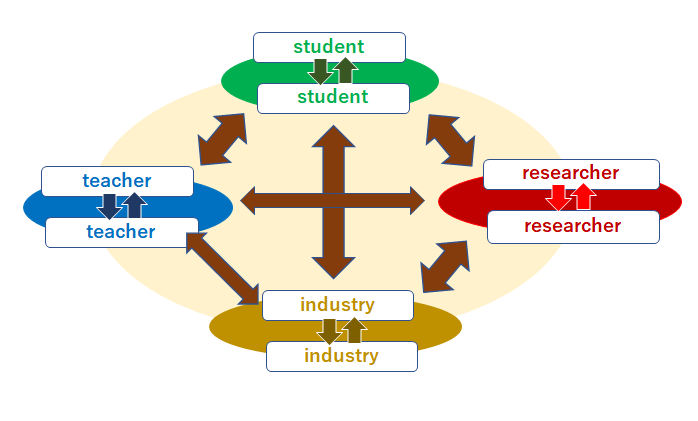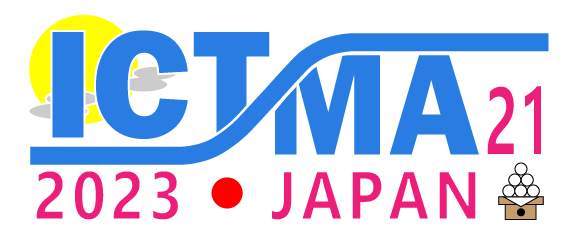Conference Theme
Collaboration in
Mathematical Modelling Education

Among the four main reasons for choosing this topic, the first is collaboration with students. Students’ collaboration in modelling and applications is an important issue to be tackled in the research for teaching and learning in this field. For modelling, group work is particularly suitable; the group is not only a social but also a cognitive environment. The teacher’s role in organizing students is crucial such that students can engage collaboratively in modelling and applications. However, the teacher’s role in organizing students’ collaboration might differ according to their educational levels—teaching modelling at the elementary level may be different from teaching at the secondary level. Another difference is in the aim of modelling—whether simply as a content to be learned or as a vehicle. What is the effective intervention of teachers according to students’ educational levels, the aim of modelling, and so on? It is possible to focus on the evolution and implications of collaborative activities between students in different educational settings.
Second is collaboration with teachers. Collaboration between teachers represent the traditional approach of lesson study in Japan. Furthermore, they are strongly concerned with teacher education, which focuses on the independent activities of teachers. Teacher education aimed at enhancing their abilities for quality teaching; the assessment of modelling and applications is an important issue that has been discussed at ICTMA conferences. When focusing on the collaborative activities between teachers, including pre-service teacher education and in-service teacher education, a variety of approaches can be found, internationally. What are the factors that influence success within collaborative change processes in the diversity of cultures across countries? We consider it possible to highlight the evolution and implications of collaborative activities between teachers in different teacher education settings.
Third is collaboration with researchers. There are many domestic and international collaborations between researchers who are interested in teaching modelling and applications. For example, in the teaching of modelling and applications, real-world situations, especially authentic situations, are crucial for students to perform modelling independently. Whether a situation is authentic depends on the background culture of students across areas or counties. How do researchers collaborate on a variety of topics concerning modelling and applications while paying attention to the differences in students’ cultural backgrounds? Moreover, what is the effect of highlighting cultural differences in domestic and international collaborative activities between researchers in the teaching of modelling and applications? It is possible to focus on the evolution and implications of collaborative activities between researchers in different cultural settings.
Fourth is collaboration with industry. In a teaching of modelling and application, teaching materials such as real/mediated models are useful for students to image a real world problem situation clearly and forecast solution methods roughly. Further, mathematical tools to represent a variety of phenomena by means of table, graph, etc. also useful for students to tackle modelling tasks without heavy calculations. Therefore, collaboration with industrial persons including teachers and researchers is indispensable to enable teachers to teach mathematical modelling effectively in school mathematics.
For the above reasons, we divided collaboration into four phases. The first is collaboration with students, the second is with teachers, the third is with researchers, and the fourth is with industry. Off course, collaboration should not be limited in each aspect. It should be done among students, teachers, researchers, and industrious persons. It is expected to discuss this theme internationally.
